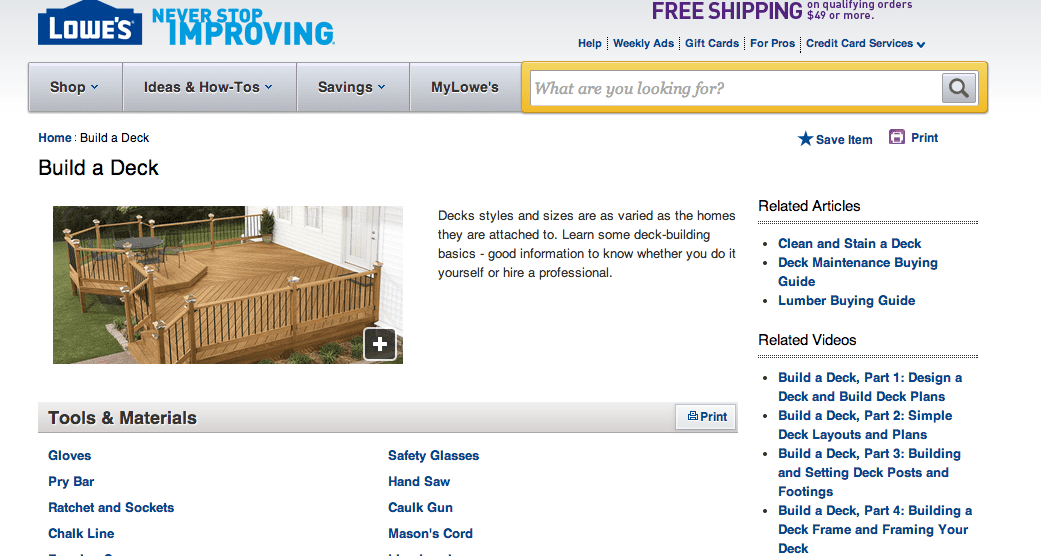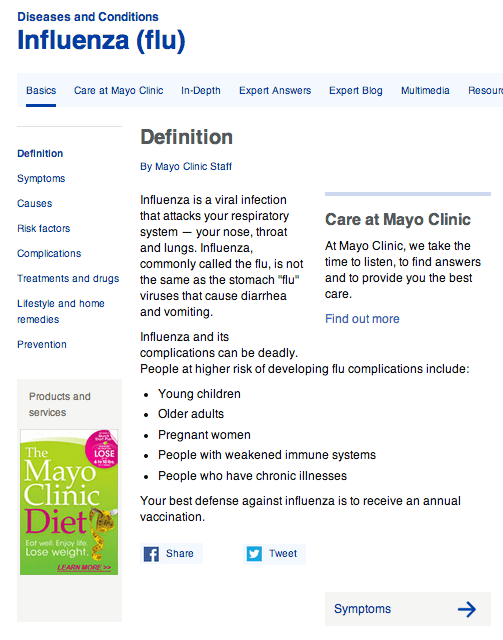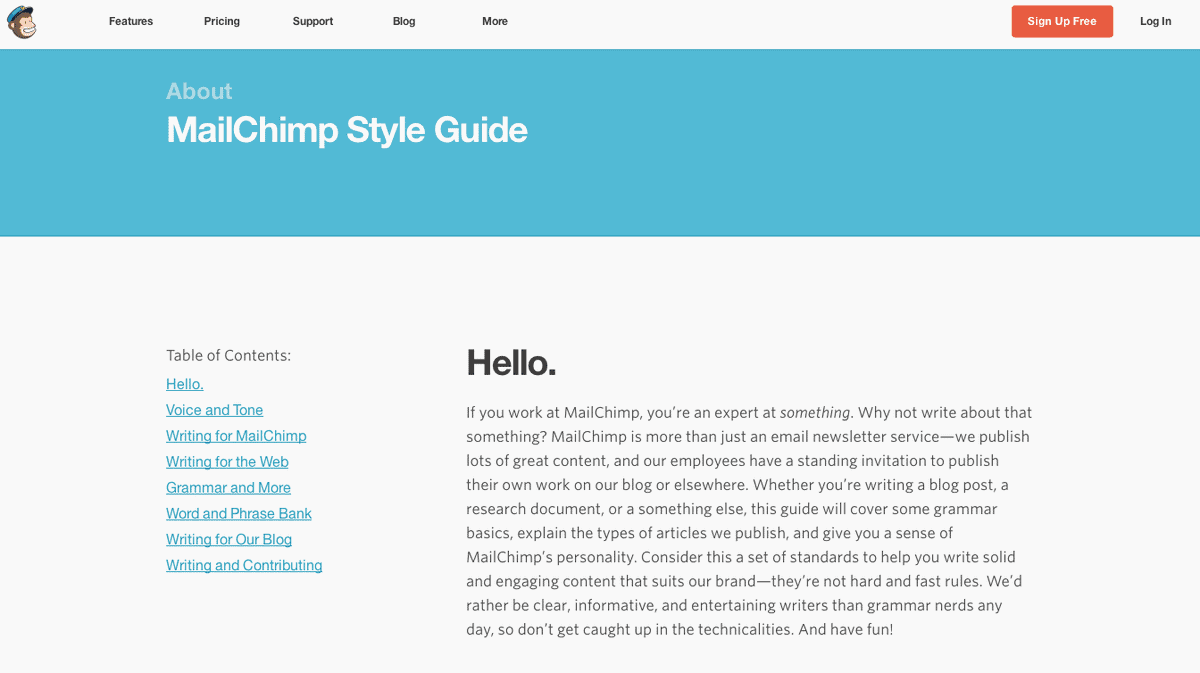
Image credit: AK~i
There is a ton of content out there—and it can get pretty chaotic. Large companies, on average, have approximately 39 Twitter accounts, 32 separate blogs, 30 Facebook accounts, and 29 LinkedIn accounts.
But let’s face it: a lot of this content is pretty useless. Why? Because publishing sloppy content is a lot easier than publishing quality content. And the not-so-secret reality is that sloppy content can destroy marketing efforts. If you’re not providing the right information in a clear, consistent, and entertaining way, you run the risk of losing potential customers for good.
So what’s a content-challenged company to do? Streamlining your content marketing process is an important first step. Equally important is understanding what principles are behind highly effective content. Here are five of of the most crucial:
1. Effective Content Is Clear
Before you begin producing content, identify what you’re trying to say. Then say it.
Clear content is trustworthy. Confusing content is alienating. This may seem like a no-brainer, but a quick search reveals that many companies favor jargon. Why? Because jargon is really easy to write, and it makes you feel like you’re saying something important when you’re not saying much at all.
If you want to be clear, keep it simple. Evernote, for example, explains exactly who they are, and why you should care in one sentence:

2. Effective Content Is Useful
Remember when “surfing the web” was a thing? Well now, we search to get something done. If a website doesn’t contain information that helps us complete a task or answer a question, it will be abandoned. Period.
Figure out what your audience needs, then give them content that will satisfy that need.
Let’s say you want to build a deck. You’ve never built a deck before, so you’ll probably google it to find out how. You’re going to have warm and fuzzy feelings toward Lowe’s when you find this:

Image credit: Lowes.com
3. Effective Content Is Succinct
Less is more when it comes to creating effective content. Don’t omit important information for the sake of brevity, but be as concise as possible.
If you’re trying to figure out if you have the flu, you don’t want to read a wordy paragraph on the difference between the bird flu, the stomach flu, and influenza. You want to read Mayo Clinic content, which cuts right to the chase:

4. Effective Content Is About Readers
Self-centered people struggle to make friends. Self-centered content struggles to generate leads.
Effective content is about readers. It delivers the information they want in a way they can understand. Take Pinterest’s blog. It’s jam-packed with reader-focused content. Pinners can go there to draw inspiration from other users, identify trending topics, and discover new ways to play with the product.


5. Effective Content Is Consistent
According to research conducted by IBM, 80% of those who begin a corporate blog never post more than five entries. These abandoned blogs are a lost opportunity for marketers not only because they fail to drive awareness and leads, but also because they damage credibility. Successful content marketers publish early and often.
Consistency isn’t just about frequency. It’s also about maintaining a consistent brand voice. Whether it’s professional or quirky, your voice will help generate a dedicated and trusting reader base. Read MailChimp‘s style guide for some inspiration:

What other principles do you follow? How have they helped you? Share in the comments below.
